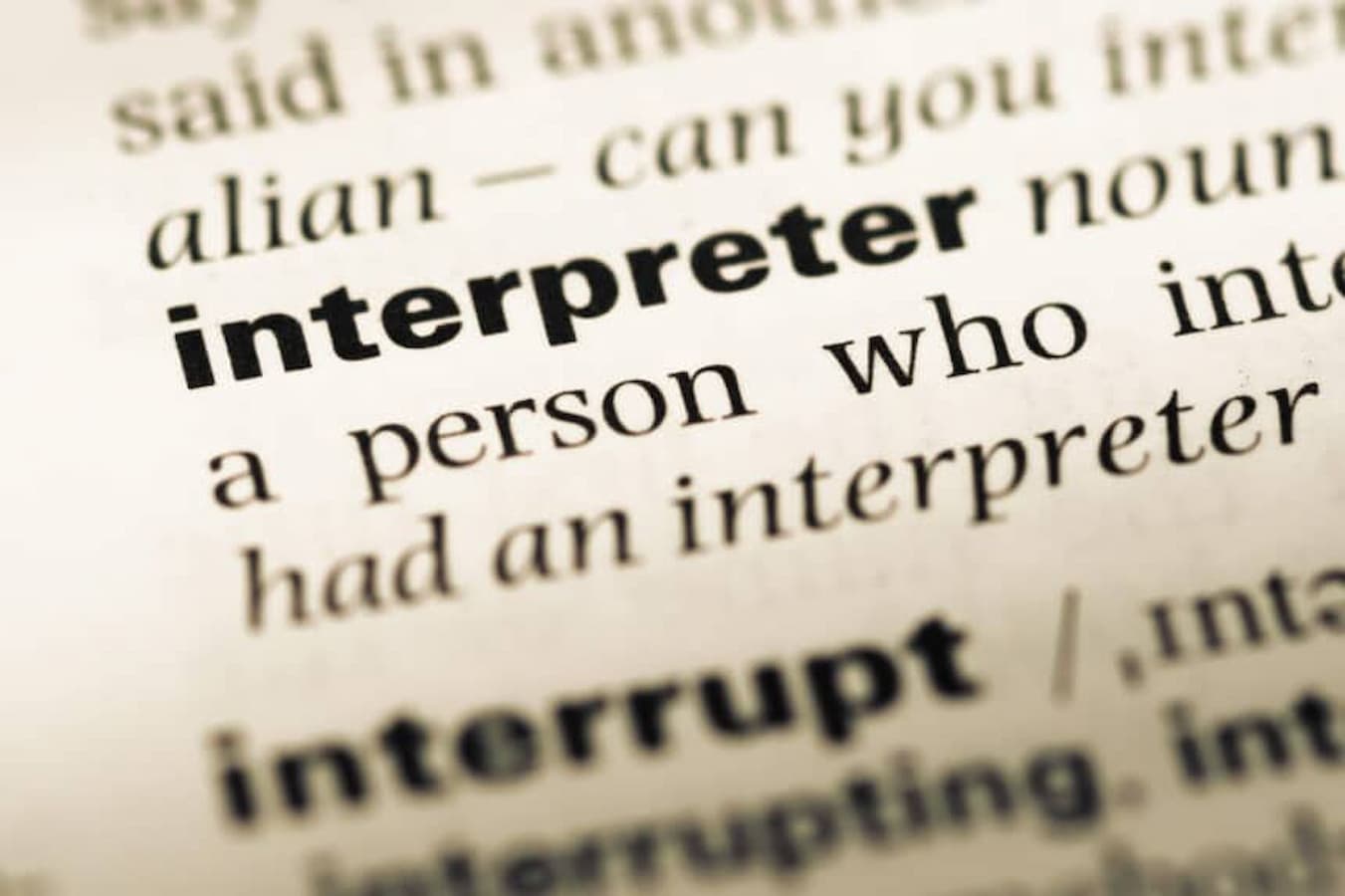Hello and welcome! You’ve had a Deaf client come to you and you need to provide access, or you would like to reach out and work with Deaf people, but you’re not sure where to begin. You’re in the right place! The very first thing you do is find out what the Deaf person’s preferences are. They can vary widely—anywhere from no accommodations at all to request the use of a chat-based service to hiring a sign language interpreter. In this, we’ll be focusing on the last one, a sign language interpreter, and what that might look like.
Here in the US, you might find sign language interpreters also being called ASL interpreters, ASL being short for American Sign Language. The job of these interpreters is to facilitate conversations that are held in ASL and English. A misconception that frequently comes up is that the interpreter is there for the Deaf person. The interpreters are actually there for *both* the Deaf person and the hearing person. Yes, the Deaf person might not understand you if you speak to them. But you also aren’t going to understand them if they sign to you. Interpreters are there to ensure everyone in the room can clearly understand everybody!
I know you probably have some questions such as: How many interpreters should you hire? How should they be set up in the room? Will they arrive with the Deaf person? Does the interpreter know the Deaf person? All these will be answered!
How many interpreters should you hire? It depends on the job. If it’s a brief, one-hour meeting, one interpreter can be acceptable. However, to ensure effectiveness and clarity of interpretation, if the job approaches two hours or longer, there must be two interpreters. They will be taking turns, working in 10-20 minute shifts. This allows their minds to stay fresh and not tire quickly from switching between two languages.
How should they be set up in the room? Regardless of size—one-on-one or a larger group—it’s preferred to have the interpreter near/next to whoever is speaking or in the front of the room. This way, the interpreter can catch everything that’s being vocally said and can have a clear line of sight to the Deaf client for catching anything that’s signed by them.
Does the interpreter know the Deaf person, and will they arrive with the Deaf person? Deaf people are autonomous people and have their own lives, as well as the interpreters. They rarely arrive together, and may not even know each other! The Deaf community is fairly small, so chances are the Deaf client and the interpreter are familiar with each other, but that doesn’t mean they’re friends. Regardless of being friends or not, this is a professional setting. Whatever the interpreter knows about the Deaf person does not have bearing on their job, and in this situation, the interpreter is a neutral party.
I hope this basic introductory guide to interpreters has helped you understand what sign language interpreters are, and how to use them!
Transcript and video created by Rogan Shannon
Also check out So You Think You Need An Interpreter? Part 2





